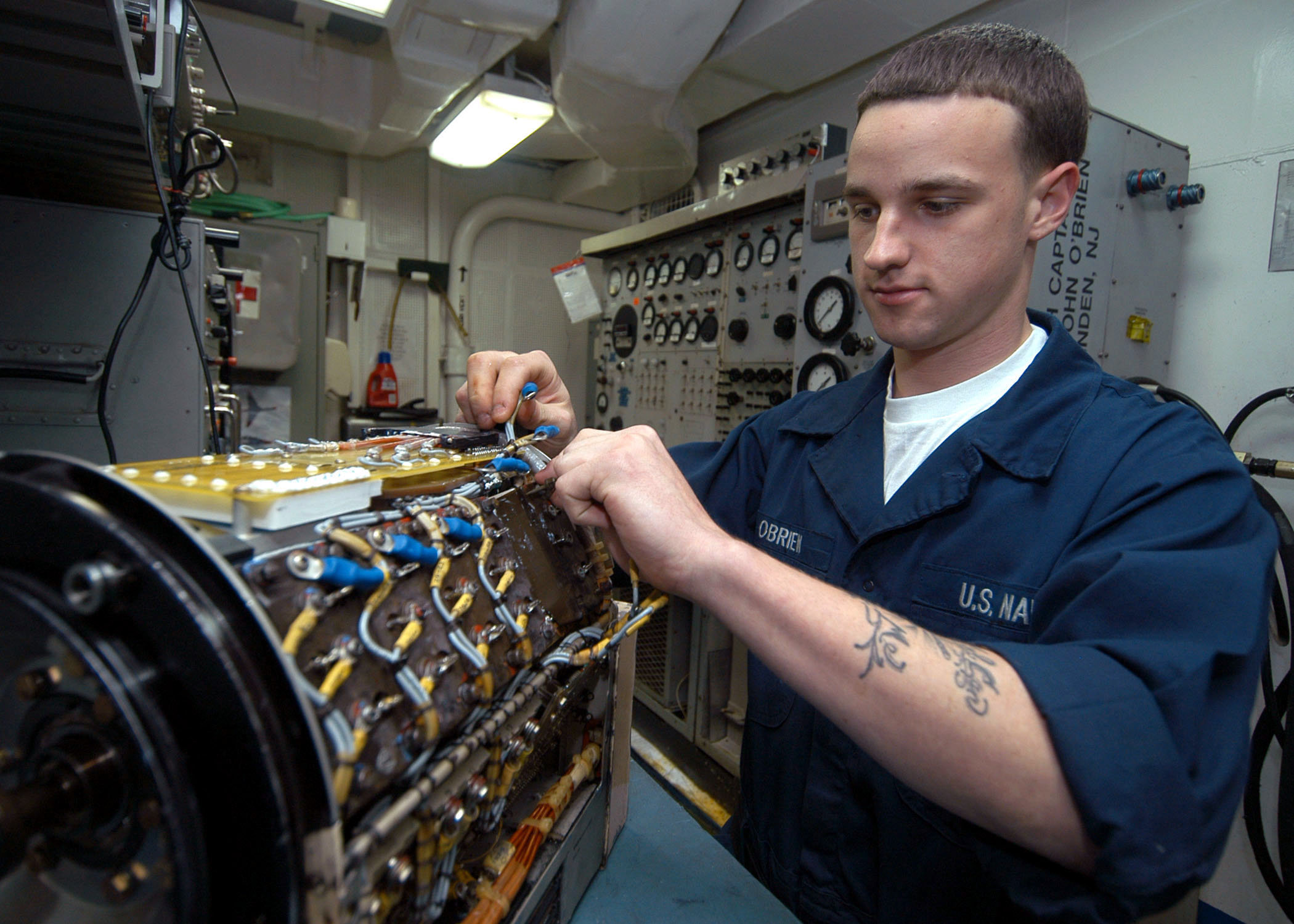When biomedical devices are being developed, safety should be the top priority for everyone involved. The best way to ensure a device’s safety and effectiveness is through biomedical device testing.
What is biomedical device testing, exactly? It’s simply a process of evaluating and assessing a device to determine whether it is safe and effective for its intended use. This includes testing for any potential side effects, as well as making sure the device works as it should.
There are a variety of different tests that can be conducted during biomedical device testing, depending on the type of device being developed. For example, testing might be done to evaluate a device’s electrical safety, biocompatibility, or mechanical performance. The end goal is always the same, though: to ensure that the device is safe and effective for patients to use.
One important aspect of biomedical device testing is ensuring that the device is properly sterilized. This is particularly important for devices that will come into contact with a patient’s bloodstream or other sensitive areas of the body. If a device is not properly sterilized, it can lead to serious infections or other complications.
Another key part of biomedical device testing is making sure the device is compatible with the human body. This is known as biocompatibility testing, and it involves evaluating how the body reacts to the device. This can include testing the materials used in the device to make sure they don’t cause allergic reactions or other problems.
When a device is being developed, it’s important to test it under a variety of conditions to make sure it will work in real-world situations. This might include testing the device in different environmental conditions or with different types of patients. By testing the device in different situations, developers can identify any potential issues that might arise and address them before the device goes to market.
Once biomedical device testing is complete, the device can be submitted to regulatory agencies for approval. In the United States, this typically involves submitting the device to the Food and Drug Administration FDA for review. The FDA will evaluate the device’s safety and effectiveness and make a determination about whether it is safe for patients to use.
It’s important to remember that biomedical device testing is an ongoing process. Even after a device has been approved for use, it may still be subject to additional testing or monitoring to ensure that it continues to be safe and effective. This might include post-market surveillance or follow-up studies to monitor the device’s long-term safety and effectiveness.
The importance of biomedical device testing cannot be overstated. Without proper testing, patients could be put at risk of serious complications or harm. By conducting thorough testing and evaluation of biomedical devices, we can ensure that patients have access to safe and effective medical technology that can improve their lives.
Biomedical device testing is a critical component of ensuring the safety and effectiveness of medical devices. It involves evaluating a device under a variety of conditions to identify any potential issues or complications. By conducting thorough testing and evaluation, we can ensure that patients have access to safe and effective medical technology that can improve their lives.




